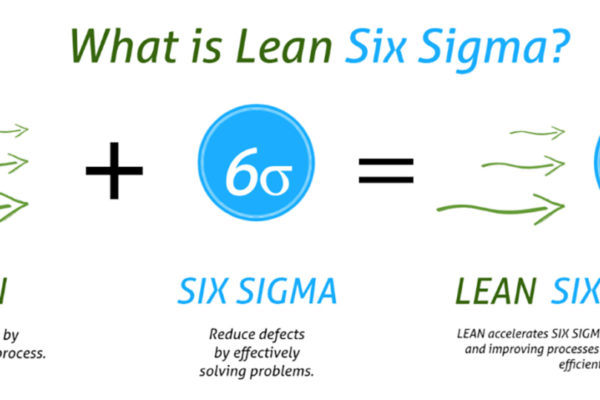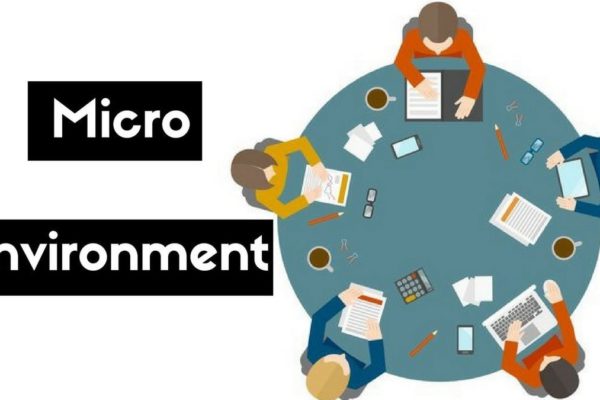
The innovations and ability to innovate
Daviti Shubladze, IBSU, Marketing
The firms’ motivation for innovation is mainly affected by their customer’s and supplier’s characteristics. Innovation strategy of a company is not only determined by company’s workforce, capital and technological ability, also how environmental factors force activities and innovation level. Firms operating in the same sector have different innovation levels.
The innovations and ability to innovate become vital for firms in order to sustain their competitive advantage.
The effect of environmental factors on innovation level and different innovation strategies become important for sustaining competitive advantage of the firms. In innovation abilities of companies have been studied through customer and supplier relations of companies. However, the effects of external environmental factors on organizational innovation capability have not been thoroughly studied. The characteristics of suppliers and customers are the most vital factors affecting innovation level of a company. The variety of customer demands lead companies to serve in a more competitive environment and this force firms to become more innovative. The high numbers of competitive suppliers enable companies to learn new ideas from them, thus enable the possibility of accelerating innovation trends in the company. There are two questions – 1) how does customer characteristics affect firms’ innovation level? 2) – how does supplier characteristic affect firms’ innovation level? In order to answer these two questions, it is important to know – how customers’ and suppliers’ competitiveness and their changes in market share affect firm’s innovation levels.
Customer related questions refer to the innovation level of companies leading to competitive organizations, as the competitive market is a driving force for innovation. As the firm’s market scope increases, the number and size of the rival companies will also increases. Thus, firm has to make more innovation as the competition become fiercer. Thus, as the size of the companies increases, firms are more likely to make innovation.
Firms can sell products to mainly the same group of customers or firms’ customer base change frequently. If firms’ customer base remains mostly the same, it is relatively easier for firms to retain the customer as the switching cost of the customer is high. However, if firms’ customer base changes frequently, the bargaining power of the customer is much higher. Firms force to make the innovation in order to keep and convince customers. The firms’ customer changes frequently rather than firms having the same group of customers, firms are more likely to make innovation. When number of customer and type of customer increase, firms are more likely to force making innovation as there will be more and different type of request from customers.
The role of competition is substantial for the innovation activities of the firms when external factors are considered.
Supplier related questions shows that firms buy most of the goods and services from other firms rather than in house production. This makes firms more dependent to supplier for production of goods and services and the innovation capability of supplier become more important for companies to make innovation.
The firms prefer to buy from varying suppliers rather than the same group of suppliers, then they are more likely to make innovation.
How supplier and customer affect firm’s innovation capabilities. If the spans of the customer and supplier increase, firm are more likely to innovate. If there are few companies, firms are less likely to make product innovate. Likewise, if the firm have higher number of customers and suppliers, the innovativeness level of the firm becomes higher. In general, the role of competition is substantial for the innovation activities of the firms when external factors are considered.




